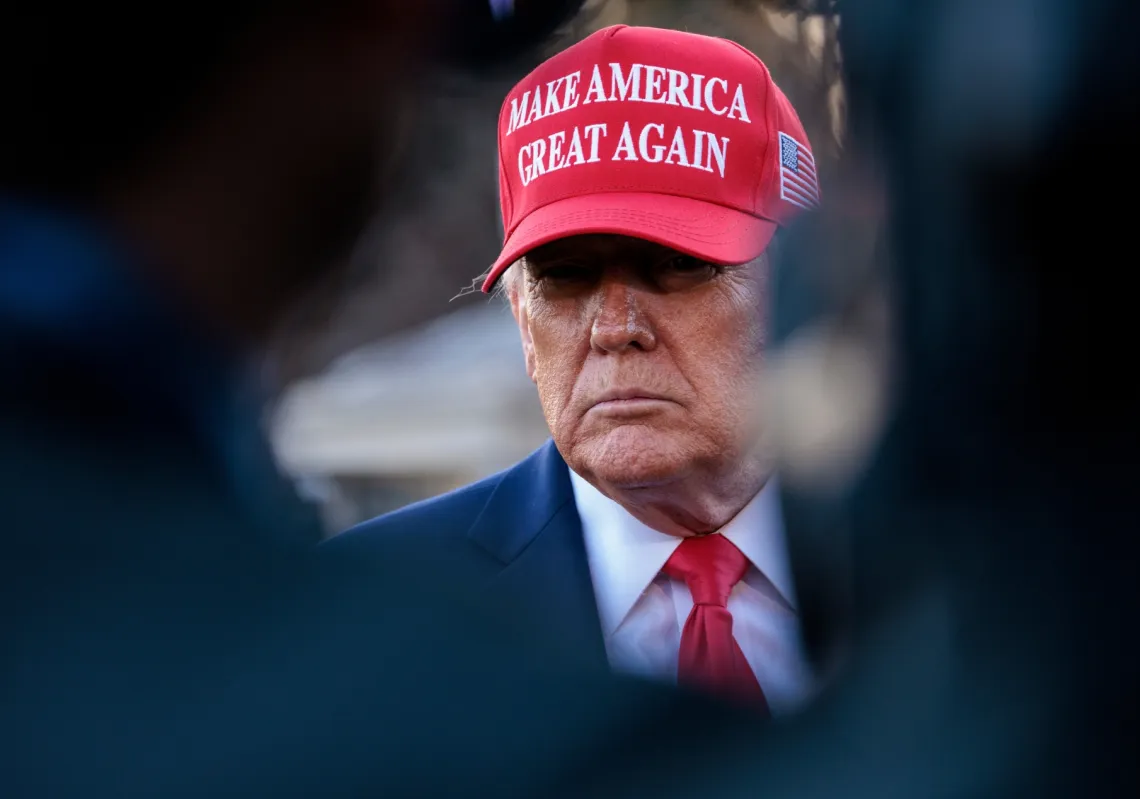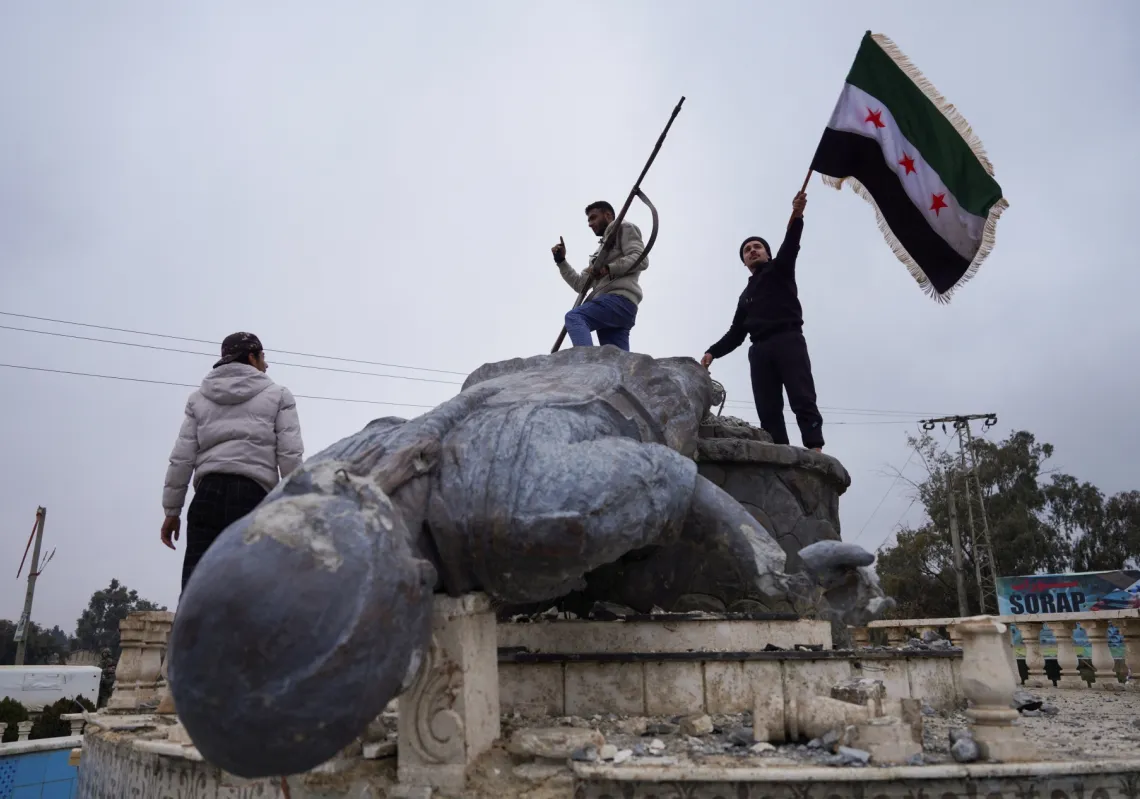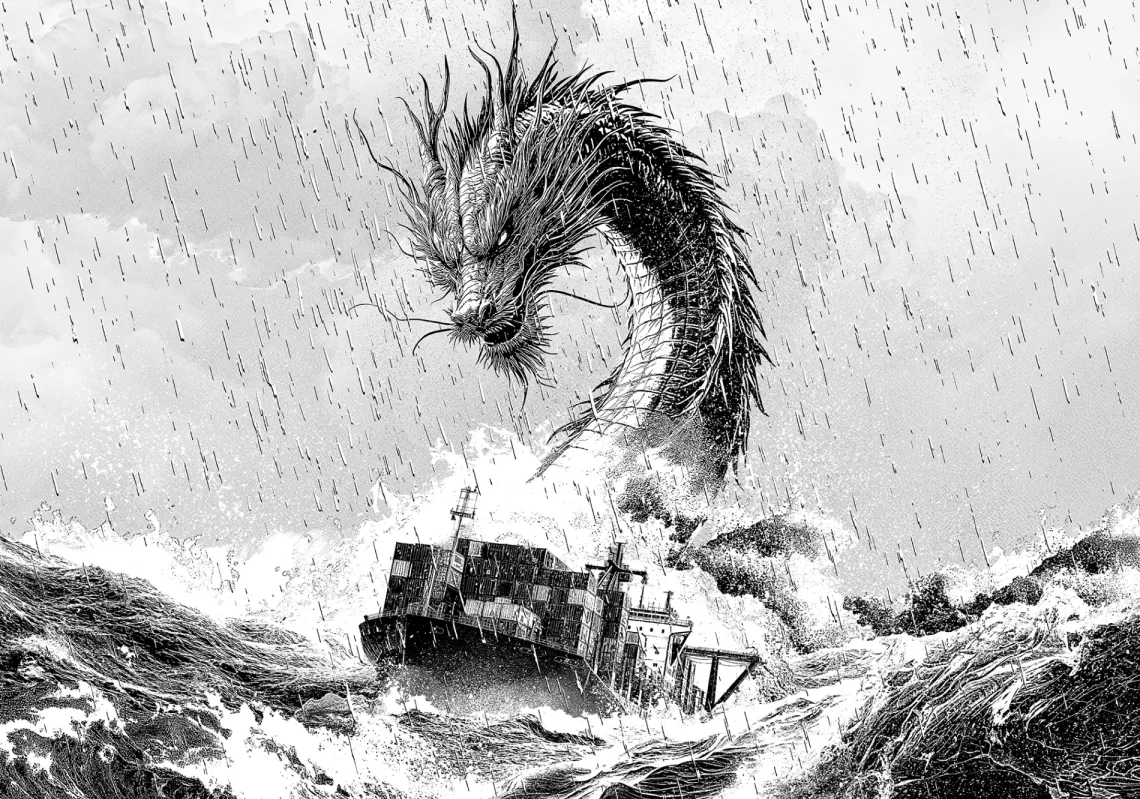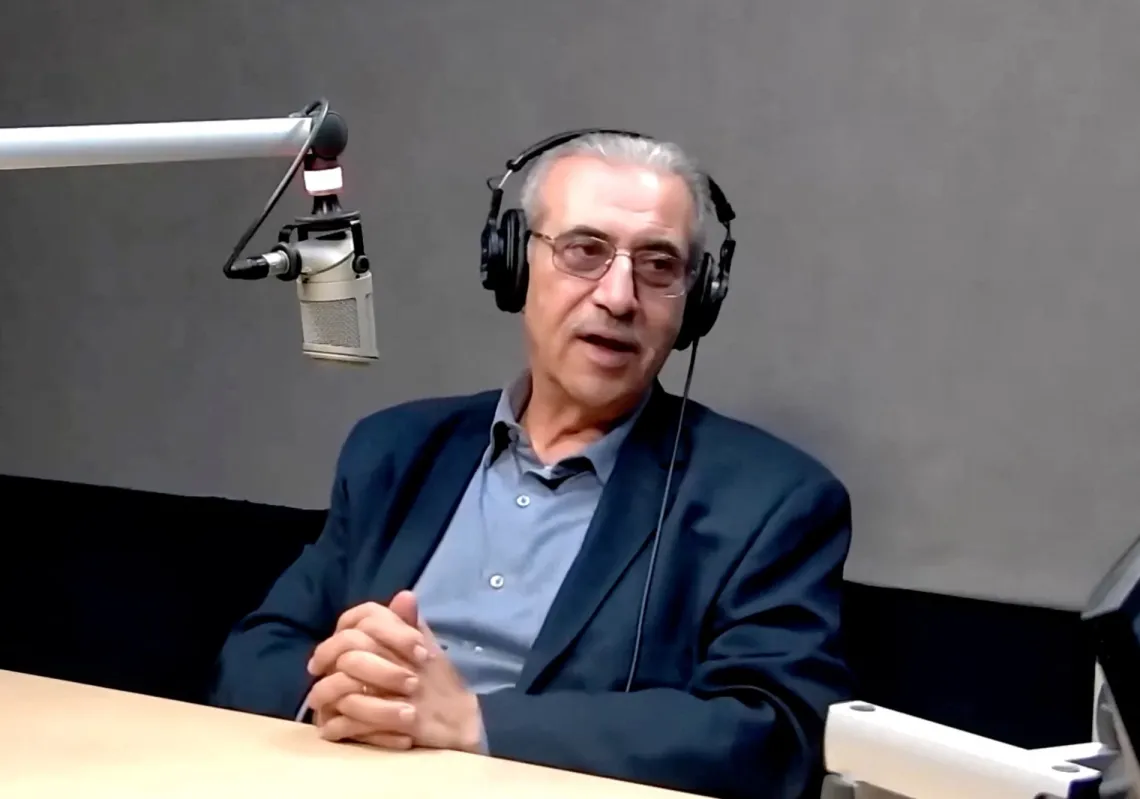Lebanon was reeling on Tuesday following the mass detonation of pagers throughout the country that has been blamed on Israel. Lebanon's information minister Ziad Makary condemned the attack as an "Israeli aggression". Hezbollah also blamed Israel for the pager blasts and said it would receive "its fair punishment".
A Hezbollah official said the detonation of the pagers was the "biggest security breach" the group had experienced in nearly a year of conflict with Israel.
More than 2,000 people have been injured, and at least eight people have been confirmed killed, with these numbers expected to rise. The wave of explosions lasted around an hour after the initial detonations, which took place at about 3:45 p.m. local time (1345 GMT). It was not immediately clear how the devices were detonated.
The Lebanese foreign ministry described the explosions as a "dangerous and deliberate Israeli escalation", which it said had been "accompanied by Israeli threats to expand the war towards Lebanon on a large scale".
Although the attack dealt a very serious blow to the group and a psychological shock to the Lebanese people, Hezbollah, throughout the decades of its existence, has always been able to absorb hits, assassinations and attacks. Al Majalla details Hezbollah's history of adapting to changing circumstances, which has allowed it not only to survive but grow in strength and capability over the years.

Since Israel assassinated Hezbollah leader Abbas al-Musawi in 1992, there has been much debate about whether the group could withstand losing its top leaders. A number of those leaders have been killed during this time, but Hezbollah continues to survive as an organisation. This is because the group does not depend on individual figures for its survival but on a resilient organisational structure.
The concept of resilience is often misunderstood. It is thought to be the ability to emerge unscathed in the face of adversity. But a better way to understand it is the ability to survive by adapting to changing circumstances.
Ability to adapt
Politically, Hezbollah has demonstrated its ability to adapt. For example, in the 1980s, the group viewed the Lebanese state as illegitimate and operated strictly outside state parameters. Today, the group has MPs in parliament and ministers in the Lebanese cabinet. It realised that to survive militarily, it had to be involved politically.
For their part, some political parties, like the Free Patriotic Movement (FPM), saw opportunities for themselves through allying with Hezbollah. This, in turn, boosted Hezbollah’s own political power, allowing it to participate even more in the country’s politics.
Sometimes, it would intimidate political opponents to get its way. For example, after Emile Lahoud’s term ended in 2007, Hezbollah blocked the election of a successor until a ministerial statement was issued in 2008, which granted the group formal legitimacy as part of Lebanon’s defence apparatus. The ministerial statement—one of the outcomes of the 2008 Doha Agreement, which ended the presidential vacuum with the election of General Michel Suleiman as president—described Lebanon’s defence as being conducted by “the army, the resistance (meaning Hezbollah), and the people.”
Through this status exception, Hezbollah has been able to build its military arsenal, train its fighters, and conduct battle operations without the need for any oversight from or coordination with the Lebanese army or state. This helped speed up its recovery from the material losses it incurred in the 2006 war with Israel. Today, Hezbollah is one of the world’s most well-armed militias. If it decides to attack Israel with a barrage of rockets, this can overwhelm Israel’s defensive systems like the Iron Dome.

Organisational structure
Sitting at the top of Hezbollah’s organisation structure is its secretary-general (currently Hassan Nasrallah). But, as demonstrated by the assassination of al-Musawi, the elimination of the secretary-general doesn’t collapse the organisation—neither does shifting public opinion towards the secretary-general.
In 2006, Nasrallah garnered significant popular support because of his performative appearances and speeches during and after the war with Israel, curating an image of himself as a charismatic Arab leader. But over time, his once-captivating speeches lost their lustre. Hezbollah's intervention in Syria ten years ago further eroded his public image.
But Nasrallah's image suffered its most serious blow after Lebanon's 2019 financial crisis and subsequent political crisis. For the first time, he and Hezbollah were included in public criticism of the country's leadership responsible for the economic catastrophe. This was further cemented by the Beirut Port explosion in 2020. Many in Lebanon blamed Hezbollah—at least in part—because of its links to the vast stock of ammonium nitrate that detonated after being inappropriately stored there. But Nasrallah remains the group's public face because changing course could demonstrate internal disarray.

Nasrallah doesn’t rule Hezbollah singlehandedly. Decision-making in the group is done—in close coordination with Iran—by the Shura Council, which the secretary-general oversees. Members of the Shura Council direct the group’s political, military, economic, judicial, and social affairs. The Jihadi Council reports to the Shura Council and oversees both the military and security apparatus. The Jihadi Council’s membership includes members of the Iranian Revolutionary Guard Corps (IRGC). While Hezbollah exercises a degree of military autonomy in its battleground conduct, major decisions—like entering full-scale war and brokering peace—are coordinated with Iran.
Some of Hezbollah’s internal and external operations are overseen by Unit 910. Part of the security apparatus, this unit is responsible for overseas operations, cyber activities, and external communications. It also oversaw Hezbollah's operations in Syria, including military activities on the Syria-Israel border, as well as in Europe and elsewhere in the world. But it also works inside Lebanon. For example, its overseas operations unit intersects with the special operations force unit, previously called the Rapid Intervention Force and known since 2008 as the Hajj Radwan Force. This force played a crucial role in Hezbollah’s war with Israel in 2006.
An army and a militia in one
One of Hezbollah's strengths is its ability to function as both an army and a militia. For example, despite the security and military apparatuses within the Jihadi Council being separate entities, the group's security and military operations are not as separate as they would be in an army. High-level commanders oversee both activities. The Hajj Radwan Force works in tandem with military units and is trained directly by the IRGC. Likewise, Hezbollah functions as a militia rather than an army when deployed to foreign war zones.
The US government’s Rewards for Justice website lists a $10mn reward for Salim Ayyash—the only Hezbollah member convicted by the Special Tribunal for Lebanon in 2020 for the 2005 assassination of former Lebanese prime minister Rafic Hariri—and describes him as “a senior operative in Hezbollah’s Unit 121—the terrorist group’s assassination squad—which receives its orders directly from Hezbollah Secretary-General Hasan Nasrallah.” As this description implies, operational decisions within Hezbollah units are not limited to orders from those leading the units.














